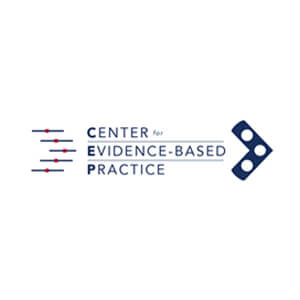Understanding the Populations We Serve
What is real data?
REAL is an acronym for how individuals self-identify their:

Race

Ethnicity

Ancestry

Language

Race

Ethnicity

Ancestry

Language
Race is not a biological category, but rather a social category of identification based on physical characteristics, ancestry, historical affiliation, or shared culture.
Ethnicity refers to a social grouping of a population that has common national or cultural traditions. Historically and most commonly this has been used as Hispanic or non-Hispanic groupings; however, it is key to note that Hispanic is NOT the only ethnicity.
Ancestry or granular ethnicity refers to a person’s ethnic origin or descent.
Language, or primary language, means the language people speak and write/read every day in most situations and feel most comfortable communicating in.
Of note, the REAL acronym at Penn Medicine has been updated to stand for Race/Ethnicity, Ancestry and Language data as opposed to the commonly used Race, Ethnicity, And, Language Data.
What is SOGI data?

Sexual

Orientation

Gender

Identity

Sexual

Orientation

Gender

Identity
Sexual orientation is how a person identifies their emotional, physical, and sexual attraction to others.
Gender identity is a person’s sense of their own gender, which may or may not correspond with their sex assigned at birth.
Why collect REAL and SOGI Data?

Using ancestry or granular ethnicity better predicts health than the social category of race or ethnicity alone. Additionally, sexual and gender minority patients have been an invisible population within our health systems, and the discrete collection of these demographic data points allows health systems to work toward improving care for this population.
Collecting REAL and SOGI data is vital to tracking variations in quality of care outcomes and eliminating health care disparities, is shown to improve patient experience, and is key to improving service delivery and provider satisfaction.
What you can do




Implement discrete collection of SOGI data.
- Use a two-step question to obtain sex assigned at birth and gender identity.
- Allow an option for self-identification outside of defined categories.

Train staff how to sensitively ask patients these questions. It is important that patients self-identify; staff should never assume.


 Search
Search









